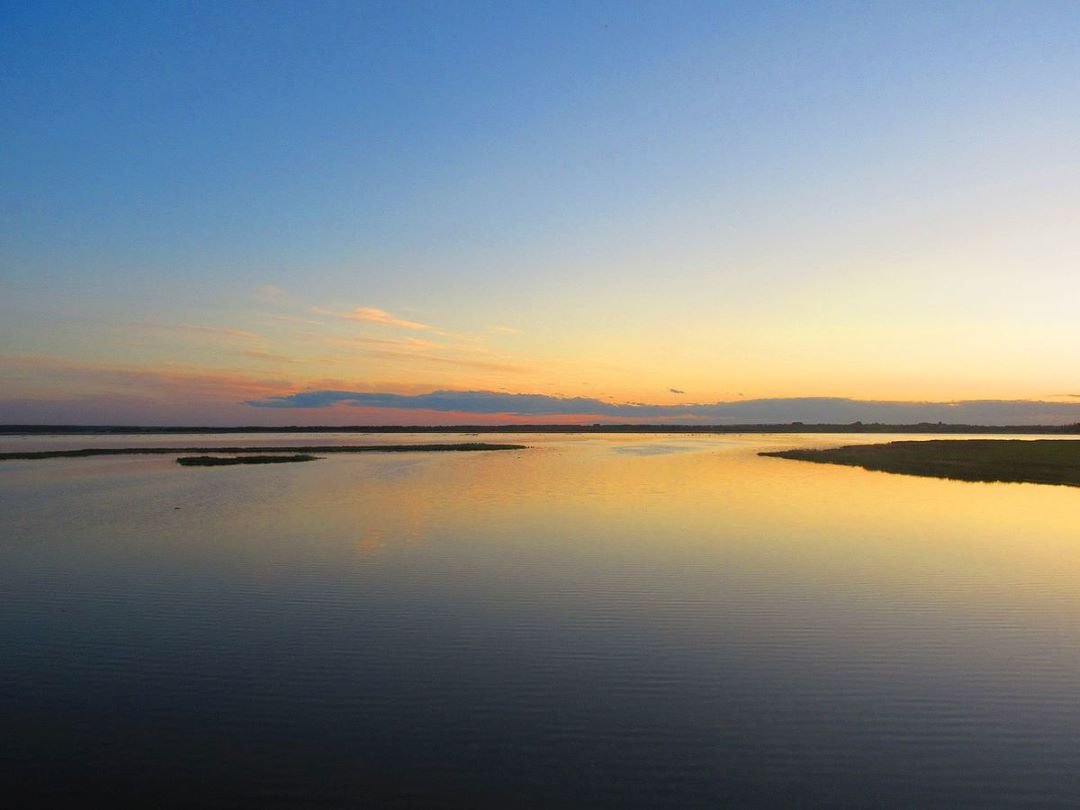Firefly season underway in Edmonton area
David Bloom photo
According to naturalist John Acorn, to see fireflies wait until June and then travel outside of the city. “Fireflies in this part of the world, in Alberta, are found either in marshy situations, shallow wetlands with a lot of tall grasses and sedges, or in mature poplar forests, usually north of Edmonton.”
A type of beetle, fireflies use a chemical reaction in their abdomen to create their flickering light. “They light up to attract mates,” said Acorn. “The males will blink and the females will blink in response and that’s how they find each other at night.”
Acorn believes that despite the replacement of traditional wetland habitats with urban stormwater ponds within the city, there is still a healthy Alberta firefly population, especially where more traditional marshlands have been retained, such as in Lois Hole Centennial Provincial Park north of the city or in the Clifford E. Lee Nature Sanctuary near Devon.
“They’re mostly little predators feeding on other small creatures. They’re also very bad tasting,” said Acorn, adding that fireflies are one insect he has not personally tried eating. “They have a distinctive look that protects them from being eaten by birds and so on, because they produce ridiculously obnoxious chemicals that make them bad tasting.” https://edmontonjournal.com/news/local-news/finding-edmontons-elusive-firefly-population
Animal licensing and control bylaw survey asks about roaming cats
Colleen, one of our readers, informed us that the city is in the process of renewing its 20-year-old animal licensing and control bylaw. The City is seeking public feedback on the bylaw renewal, which aims to promote responsible pet ownership and ensure safe, healthy neighbourhoods.
Colleen emailed that many people do not know that roaming cats are the second leading cause of the decline of bird populations. She wrote that bird lovers should let the city know that we value birds and recognize the critical role they play in sustaining a healthy environment. She states it is time to tell the city that it is not okay for cats to be allowed to roam freely and unsupervised.
The city survey identifies three types of roaming cats; owned cats, community cats and feral cats and asks questions such as “Should pet owners be responsible for preventing their cats from roaming on private property?”
The survey includes questions about dogs, rabbits, bees, lizards, snakes and other creatures. The bylaw survey, which closes on August 11, is at https://cityofedmonton.qualtrics.com/jfe/form/SV_1TVLKf79yN35glE
Sacred Heart Church of the First Peoples origin dates to 1911
Sacred Heart’s origin dates to 1911, when it formed as an off shoot of the French language Church of Immaculate Conception. Immaculate Conception “was bursting at the seams,” and church officials made the decision to reserve it for Francophone Catholics only.
Reverend Father Pilon, a pastor from Fort Saskatchewan, was responsible for “pushing forward the scheme of providing the English-speaking congregation with a church of their own.” His “flock” purchased a city lot on Kinistino Avenue (96 Street) opposite from Immaculate Conception, and commissioned Hardie & Martland Architects to draft a design.
Construction began on May 15, 1912 and the new Sacred Heart Catholic church opened to parishioners on Christmas Day 1913, financed through the sale of its pews. The building cost its congregation an estimated $50,000. It was officially consecrated on May 10th, 1914.
Although Sacred Heart was primarily an Anglo-Saxon parish, it welcomed others and became “an incubator for immigrant groups to form their own Catholic congregations. Over the years, parishes representing Italian, Spanish, Portuguese, Croatian, and Ethiopian communities got their start here.” Several significant Catholic parishes, like Santa Maria Goretti, Our Lady of Guadalupe, Our Lady of Fatima, and the Nativity of Mary, can all trace their lineage back to Sacred Heart.
In later years, Sacred Heart slowly fostered a significant Indigenous membership, reflecting the shifting demographics of the McCauley community. Officials understood this, and through Fathers Gary LaBoucane and Gilles Gauthier’s devotion, the parish became recognized by the Archdiocese as Sacred Heart Church of the First Peoples, Edmonton’s “First Nations, Métis, and Inuit Parish,” in October 1991.
https://www.forgottenedmonton.com/blog/sacred-heart-roman-catholic-church
Fruit trees on City of Edmonton property ripe for picking
Hubert writes “I believe Edmonton's River Valley Bylaw expressly forbids harvesting in the river valley. Edmonton Native Plant Society has always warned that harvesting is not permitted. Maybe there is a difference what can be done on City maintained areas, like boulevard trees and "parks", on one hand and wild river valley areas, on the other. I think it would be worthwhile to clarify this.”
Patsy emailed “My first concern was that it would allow harvesting in the river valley, which I believe to be unsustainable, but then when I clicked on the link all I could access was a database, no explicit policy statement, and after scrolling down it seemed to apply to tableland boulevards and parks, not the river valley. However, I couldn't be sure. Does it apply to the river valley?”
mikikwan by Duane Linklater, INIW River Lot 11. Concrete reproduction of a 9,000-year-old buffalo bone hide scraper from the archives of the Royal Alberta Museum. https://www.edmontonarts.ca/public-art/mikikwan
Comment or Contributions
Please note articles may not reflect the position of NSRVCS. River Valley News is meant to be a clearinghouse for the variety of opinions and ideas about Edmonton’s River Valley.
Email river valley photos, event information, comments, or questions to nsrivervalley@gmail.com
Forward this link to anyone you think may want to sign up for this newsletter https://www.edmontonrivervalley.org/newsletter-signup
















